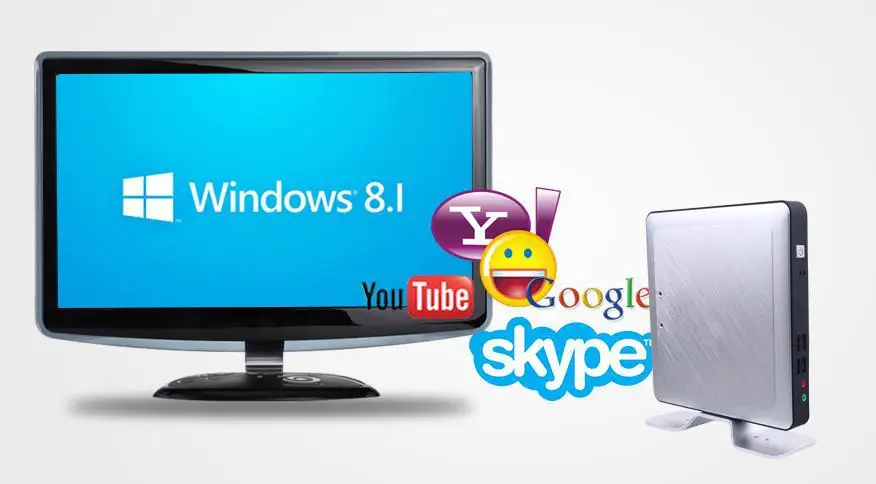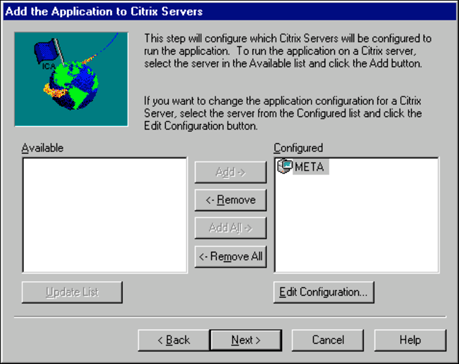


The same thin client benefits can help WVD environments today.

Further, users had no affinity to their devices because there was no personal data on them. Whether those thin client devices were based on Windows Embedded, Linux or a proprietary OS, it was incredibly simple to physically provision small thin client devices and maintain them via a centralized management platform. This was due to thin client's ease of use, strong security and low cost. Thin clients' popularity in the enterpriseĮven before WVD came to the forefront of the desktop virtualization market, thin clients were popular with many organizations for traditional remote desktop environments. Organizations can subscribe to WVD directly from Microsoft, but approved virtual desktop providers such as Citrix and VMware offer additional services, including administrative interfaces and application delivery. Windows Virtual Desktop (WVD) is based on Microsoft Azure, and it provides virtualized multi-user Windows 10 desktops to end users.


 0 kommentar(er)
0 kommentar(er)
